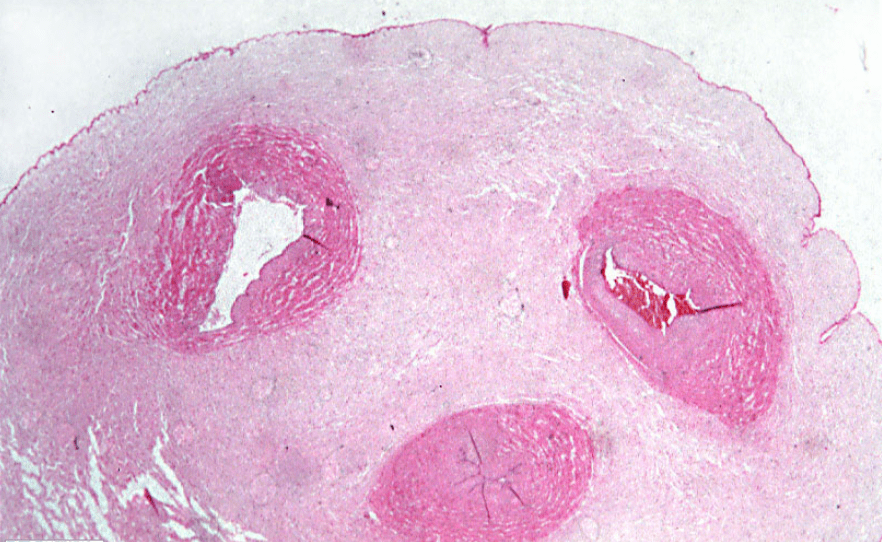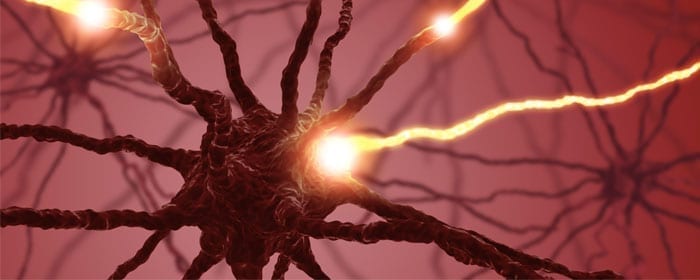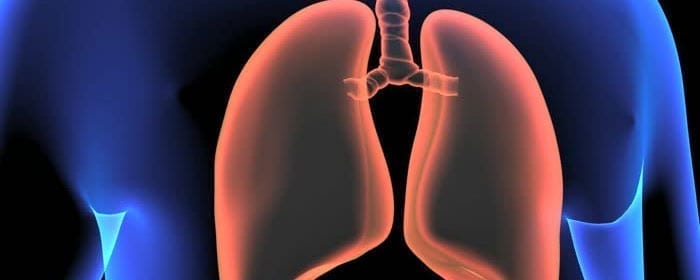
by admin | Nov 28, 2017 | Studies, Stem Cell Research
A recent publication in BioMed Research International has reviewed the study on the potential benefits of Wharton’s jelly derived mesenchymal stem cells in treating a variety of diseases. According to the authors of the review, these stem cells can be collected during millions of births each year at the time of delivery. A huge advantage of this type of stem cell collection over other methods is that it is not associated with the adverse side effects associated with other collection methods, nor is it particularly invasive. Its collection is also highly efficient.
Other advantages of Wharton’s jelly derived mesenchymal stem cells are that collecting them does not raise ethical concerns and that the cells themselves proliferate rapidly. Some stem cells have a tendency to lead to tumors or are prone to cause immune reactions. Wharton’s jelly derived stem cells on the other hand appear to circumvent both of these problems, making them valuable for a variety of applications in medicine.
Mesenchymal stem cells, which are the basis for a number of stem cell therapies and the relevant research, may be limited in value when they have been collected from older patients. Some reasons for this limitation are disease, DNA damage, and oxidative stress.
The authors also provide information on the regulatory and logistics aspects to stem cells. They explain that quality management systems are already part of the stem cell therapy infrastructure, which ensures that Wharton’s jelly derived mesenchymal stem cells would be donated, processed, stored, and distributed with the same high standards that other stem cells undergo donation, processing, storage, and distribution. The same is also true, they say, for the procurement and testing of these stem cells. While there seem to be clear benefits of Wharton’s jelly derived stem cells, more research on the clinical applications of these cells will help researchers determine the overall value of these cells.
Learn more about the benefits of stem cell therapy here.

by admin | Nov 25, 2017 | Studies, ALS
A recent publication in Stem Cells Translational Medicine described an open-label phase I clinical trial that was designed to assess the safety of a stem cell therapy for amyotrophic lateral sclerosis (ALS). The specific procedure involved two repeated injections of autologous bone marrow derived mesenchymal stem cells into the spinal canal of patients with ALS. The researchers found that the injections were safe during their implementation and that they did not have any unsafe effects during a follow-up period of one year.
The phase I clinical trial included 8 patients whose ALS was either definite or probable. The patients underwent a procedure to have mesenchymal stem cells isolated from their bone marrow, and the stem cells were expanded outside the patients’ bodies for 28 days. Unfortunately, a patient died before treatment, so only 7 of the patients then had the spinal canal injections of the stem cells. The two injections were given 26 days apart.
Conventional tests to evaluate the status of ALS in patients were used to assess the impact of the stem cells on the patients’ disease. In the 6 months following the injections, the disease progression did not accelerate, according to the ALS Functional Rating Scale-Revised (ALSFRS-R) score. There were also no serious adverse events observed over a 12 month follow up. Some adverse side effects occurred but subsided with or without treatment within a few days.
The significance of this study is the observation that this particular stem cell therapy procedure appears safe for ALS patients. Further research will help likely determine how stem cell therapy for amyotorophic lateral sclerosis can be used to slow the disease progression, while maintaining high degrees of safety.
Learn more about stem cell therapy for ALS here.

by admin | Nov 22, 2017 | Studies, Supranuclear Palsy
A recent publication in the Journal of Translational Medicine has highlighted the potential for stem cells to help patients with progressive supranuclear palsy and has proposed measures for testing the safety of stem cell therapy. Like Parkinson’s disease, progressive supranuclear palsy is a neurodegenerative disease that is progressive and characterized by abnormal deposits of the protein tau in the brain. Also like Parkinson’s, there is not a reliable prevention or cure for the disease.
Previous studies have shown that stem cells can help improve Parkinson’s disease symptoms, including problematic functioning of the brain chemical dopamine. Though the etiology of progressive supranuclear palsy is unknown, because it has some physiological features that are similar to Parkinson’s, researchers have reasoned that stem cell therapies may also help the patients who suffer from this disease. However, given that Parkinson’s disease and progressive supranuclear palsy can be differentiated on a clinical basis, it was initially unclear what specific impact stem cells may have on progressive supranuclear palsy.
Nonetheless, consistent with the idea that stem cells may help those with progressive supranuclear palsy, some studies have provided promising data for the ability of stem cells to improve relevant symptoms. The aim of the recent Journal of Translational Medicine publication was to lay out a plan for testing the safety of stem cell therapy in progressive supranuclear palsy patients.
The researchers propose a randomized, double-blind phase I clinical trial that would also be placebo-controlled to assess the safety of stem cell therapy using mesenchymal stem cells in patients with progressive supranuclear palsy patients. In addition to providing evidence on the safety of the stem cell therapy, another value in executing the proposal from this publication is the ability to distinguish whether the effects of stem cells in progressive supranuclear palsy that have been previously observed are due to placebo. In other words, this placebo-controlled trial would allow researchers to determine whether patients improve because they believe they are going to improve or because the stem cell therapy has a direct impact on their disease.
Learn more about stem cell therapy for Parkinson’s disease.

by admin | Nov 19, 2017 | Studies, COPD
A recent study that followed-up on the condition of patients with advanced pulmonary emphysema three years after they had begun a Phase I clinical trial in which they were treated with a type of stem cell called bone marrow mononuclear cells demonstrated improved symptoms and improved pathology. The idea for using stem cells to treat advanced pulmonary emphysema, a form of chronic obstructive pulmonary disease (COPD) arose because of a need for a treatment that is effective in slowing the progression of the disease. Despite advances in pharmaceutical interventions for COPD, there had not yet been an intervention that was viable in the long-term.
The group who reported these new results had also led the Phase I clinical trial 3 years prior. They had chosen bone marrow mononuclear cells because of evidence that when this type of cell was introduced to the bloodstream, it could later be found in pulmonary tissue. When the researchers used these cells in patients with emphysema, they found that the procedure was safe and did not produce any significant harmful side effects. Further, immediately following the clinical procedure, the rate of degeneration of lung tissue slowed down.
The 4 patients included in the study were males between 40 and 72 years old, had stopped smoking for about 10 years before the stem cells were introduced to their bodies, and had solid family support. They had each previously smoked for more than two decades. None of the patients abused drugs or alcohol or were pregnant, and those suffering from certain infections or other health complications were excluded from the study.
While patients improved immediately following the stem cell procedure, two of the patients developed pneumonia as a result of hospital infections. The other two showed improved lung function at the 3-year follow-up. These patients experienced reduced symptoms and also performed better in the spirometry test of lung function. In addition, they both reported a higher quality of life as a result of the stem cell procedure.
Learn more about stem cell therapy for COPD.

by admin | Nov 16, 2017 | Studies, Stroke
Stem cells are increasingly used in therapies that involve tissue damage because they offer a promising way to replace lost cells and restore lost functions. Another advantage of stem cells over conventional therapies is the ability to use them days, weeks, or months after the stroke. Currently, most therapies for stroke need to be rapidly employed once a stroke starts to minimize the extent of the physical and functional damage.
Research has suggested that a number of different cell types could potentially be used to treat stroke patients, including stem cells from the brain and from bone marrow. In a study published in Stem Cells, researchers showed that a specific type of stem cell – human central nervous system stem cells grown as neurospheres or hCNS-SCns – have the potential to repair the brain after stroke.
The researchers focused on hCNS-SCns because these cells have shown promise in treatments for other disorders of the central nervous system and are currently being used in several clinical trials aimed at identifying the potential use of these cells in treating neurology patients. They neutralized a protein called vascular endothelial growth factor that is found in these cells. Their interest in vascular endothelial growth factor stemmed from the fact that this factor has been shown to be involved in the neurological recovery of stroke patients.
The team found that the vascular endothelial growth factor was a necessary contributor to the functional stroke recovery observed with hCNS-SCns. The use of these cells helped improve the integrity of the blood brain barrier and to suppress inflammation, both of which are critical in stroke recovery. The vascular endothelial growth factor also helped with the revascularization of damaged brain areas. While more research is needed to establish the potential use of hCNS-SCns in stroke, the current study suggests that these cells are a good therapeutic candidate. Further, because of the impact of these cells on inflammation and vascular degeneration, they may also be good candidates for therapies against other brain disorders that involve these types of pathologies.
To learn more about stem cell therapy for Post Stroke Syndrome, click here.

by admin | Nov 13, 2017 | Studies, COPD
In response to the limitation of current treatments of chronic obstructive pulmonary disease (COPD), researchers have posted that stem cells may be a good option for patients who suffer from COPD. One of the key characteristics of COPD is inflammation seen in the lungs, and this inflammation leads to tissue destruction. Thus, researchers have tried to zero in on stem cells that could help minimize inflammation. In a recent study published in Scientific Reports, researchers show that certain stem cells can reverse inflammation and also demonstrate, at a molecular level, how the stem cells achieved this challenge.
For the study, researchers chose to use bone marrow-derived mesenchymal stem cells because this type of stem cell has reliably been shown to repair tissue that has been damaged by heart attacks or strokes. Further, clinical trials have shown that these cells can be used in COPD patients safely and are associated with a reduction in C-reactive protein (CRP). CRP is a prognostic marker, with higher levels indicating a worse prognosis in COPD patients.
Given the promise of bone marrow-derived mesenchymal stem cells in the treatment of COPD, the researchers aimed to help clarify the mechanism by which these stem cells may achieve their positive impacts on COPD patients. Such information would be useful when developing specific treatment protocols for this group of patients.
The researchers found that the stem cells did, in fact, reduce inflammation of the airway by inhibiting the action of an enzyme called cyclooxygenase-2 (COX-2). The suppression of COX-2 is known to be associated with relief of both inflammation and pain. The study also suggests that this suppression may specifically occur within macrophages, which play a role in inflammation.
These results help to solidify the idea that stem cell therapy can be useful for COPD treatment and point to a mechanism by which the use of stem cells could achieve the clinical goal of improved COPD symptoms and pathology. Further research into this mechanism may help researchers optimize stem cell interventions for COPD.
To find out more about stem cell therapy for COPD treatment, click here.







 St. Petersburg, Florida
St. Petersburg, Florida
